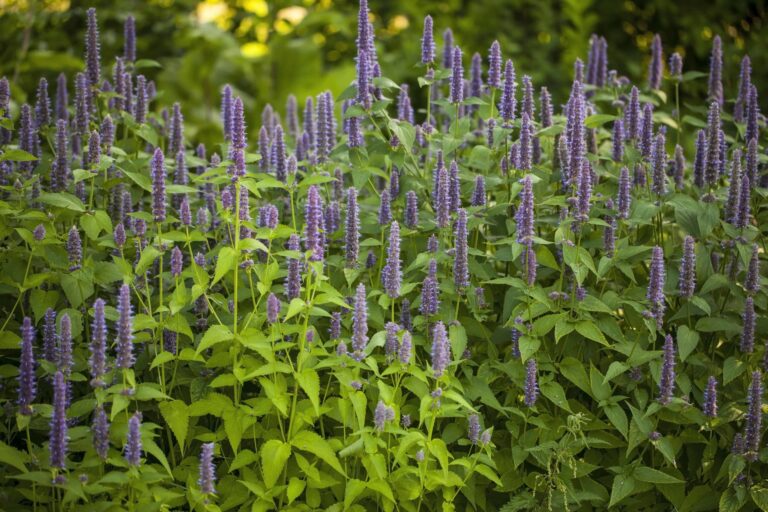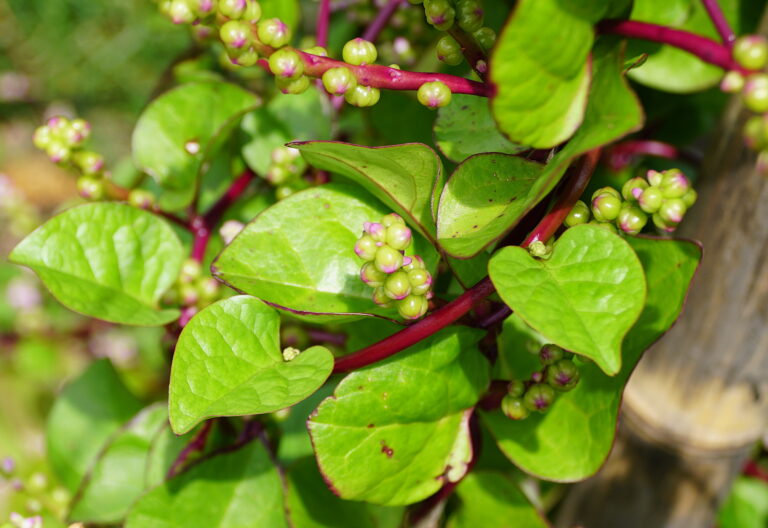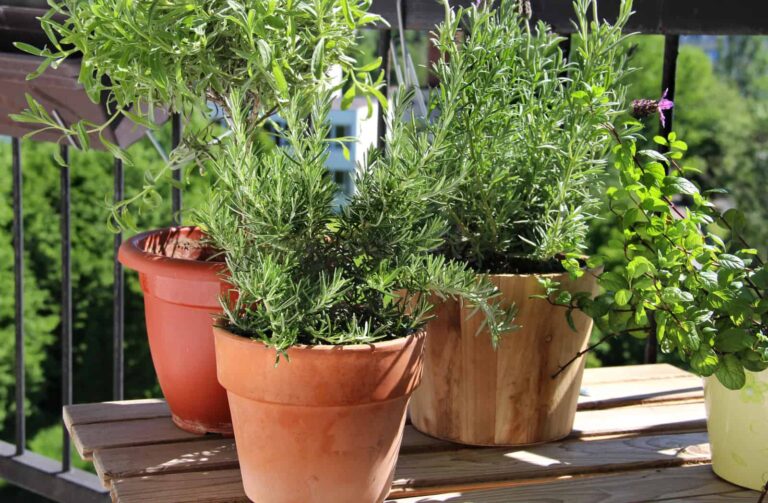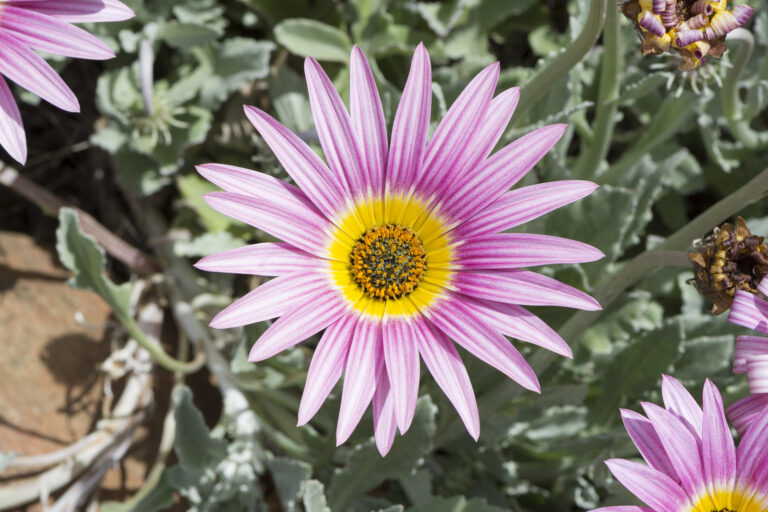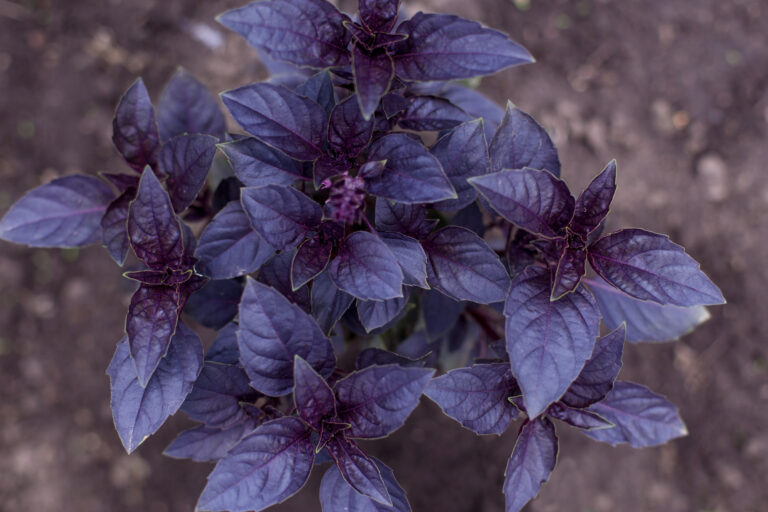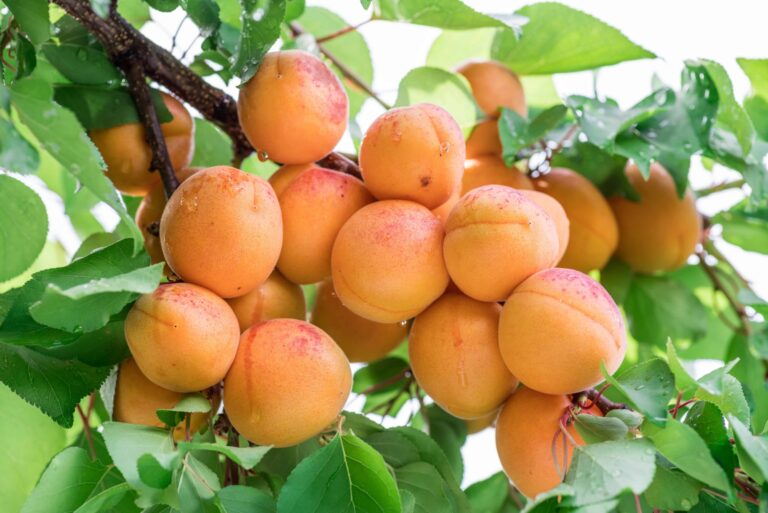How to Plant, Grow, and Harvest Chervil
Chervil is a demure herb with a delicate myrrh-like fragrance. Use the finely divided leaves fresh in salads and as a flavor enhancer for fish, chicken, and egg dishes. Dried chervil leaves are an ingredient of fines herbes, the French culinary staple that also includes chives, parsley, and tarragon. Chervil can be used in place of parsley; the flavor of parsley is sharp compared to chervil.
Here is your complete guide to growing chervil.
Where to plant chervil
- Best location: Chervil grows best in cool temperatures. Choose a location out of direct sunlight.
- Soil preparation: Plant chervil in humus-rich, well-drained soil. Add aged compost to the planting bed before planting. Chervil prefers a soil pH of 6.0 to 6.7.
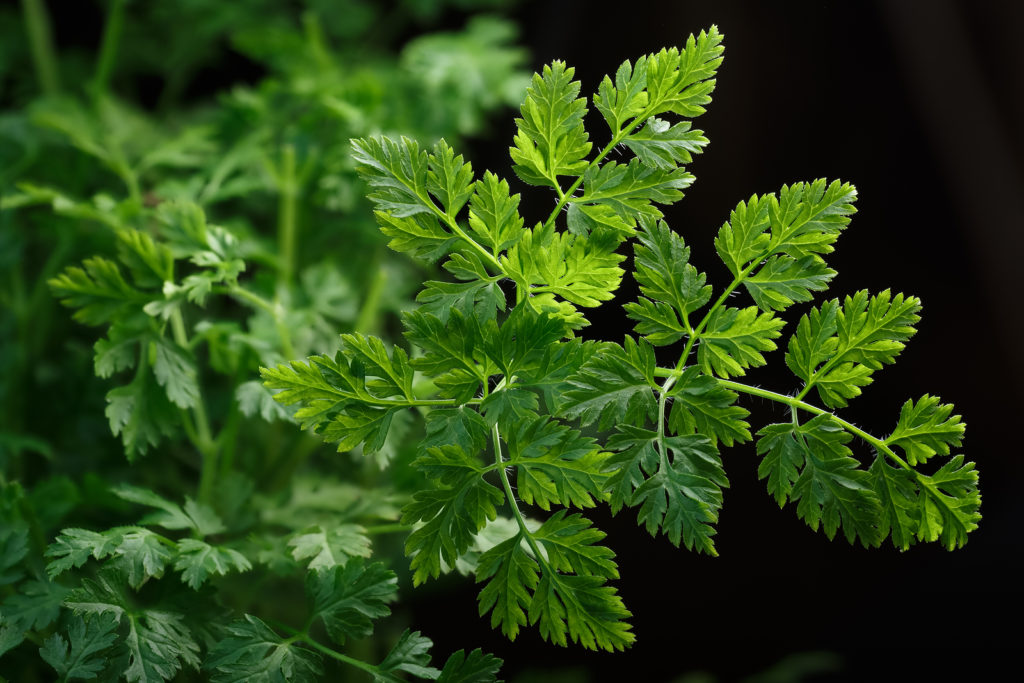
When to plant chervil
- Seed starting indoors: Chervil seeds can be started a few weeks before the last expected frost in spring. Start chervil in individual containers under fluorescent lights for transplanting out after the last frost in spring. Use individual pots to avoid disturbing the tap root at transplant time. (If the taproot is disturbed the plant may bloom prematurely.) Chervil seed does not need to be covered for germination to occur. Germination takes 7 to 14 days.
- Transplanting to the garden: Transplant chervil to the garden after the last frost in spring; be careful not to disturb the taproot.
- Outdoor planting time: Sow chervil seed directly in the garden in spring as soon as the soil can be worked. If you sow chervil in spring, you can make second sowing in mid-to-late summer in cool summer regions. Seeds can also be sown in the fall to germinate and grow in the following spring.
How to plant chervil
- Planting depth: Sow chervil seed ¼ inch deep and 3 inches apart. Sow seeds in a bed of very fine soil or sprinkle seeds over a layer of fine vermiculite.
- Spacing: Space plants 6 inches apart; when plants are 3 to 4 inches tall, thin plants from 8 to 12 inches apart.
- How much to plant: Grow 6 chervil plants for cooking over the course of the season; sow seed at 2-week intervals for a continuous harvest. Grow 12 plants for preserving.
Chervil companion plants
- Companion planting: Chervil is said to repel slugs and keep ants and aphids away from lettuce. Chervil is said to improve the flavor of radishes.
Watering and feeding chervil
- Watering: Keep the soil evenly moist; do not let the soil dry out when growing chervil.
- Feeding: Prepare planting beds with aged compost ahead of planting. During the growing season side-dress chervil with aged compost. Additional fertilizer is not needed.
Chervil care and maintenance
- Care: Cover chervil seeds and young plants with a floating row cover to keep birds and rabbits from eating young plants. Later in the season, pinch out flower stalks to prolong growth. Cut out flowering stems to keep the plant’s energies channeled into leaf production. Long flower stalks are a sign the plant is near the end of its life.
- Mulching: In hot regions mulch around plants to 4 inches deep to keep roots cool. Keep mulch away from the base of plants to that they are not damaged by crown rot and earwigs.
Container growing chervil
- Container growing: Chervil grows well in containers. Chervil has a taproot. Choose a container at least 8 inches deep and wide.
- Winter growing: Grow chervil indoors in pots for a year-round harvest. In mild winter regions, grow chervil outdoors in fall, winter, and spring.
Chervil pests and diseases
- Pests: Aphids, earwigs, and carrot weevils may attack chervil. Knock aphids off plants with a strong stream of water. Trap earwigs in a moist rolled-up section of a newspaper and dump them in soapy water. Carrot weevil larvae can attack the taproot; place a floating row cover over the seedbed to prevent weevils from laying eggs.
- Diseases: Chervil occasionally develops leaf spot when temperatures and humidity are high. Plant in raised beds to improve drainage and air circulation.
How to harvest chervil
- When to harvest: Harvest chervil leaves as you need them once plants are 6 inches tall or taller, about 6 to 8 weeks after sowing. Chervil leaves will be most flavorful if harvested before the plant blooms. Leaves are most flavorful when harvested in cool weather. Regular harvest of leaves will keep the plant from flowering too soon.
- How to harvest: Snip off chervil leaves at the base with scissors or a sharp knife. Pinch out flower stalks to prolong the harvest period.
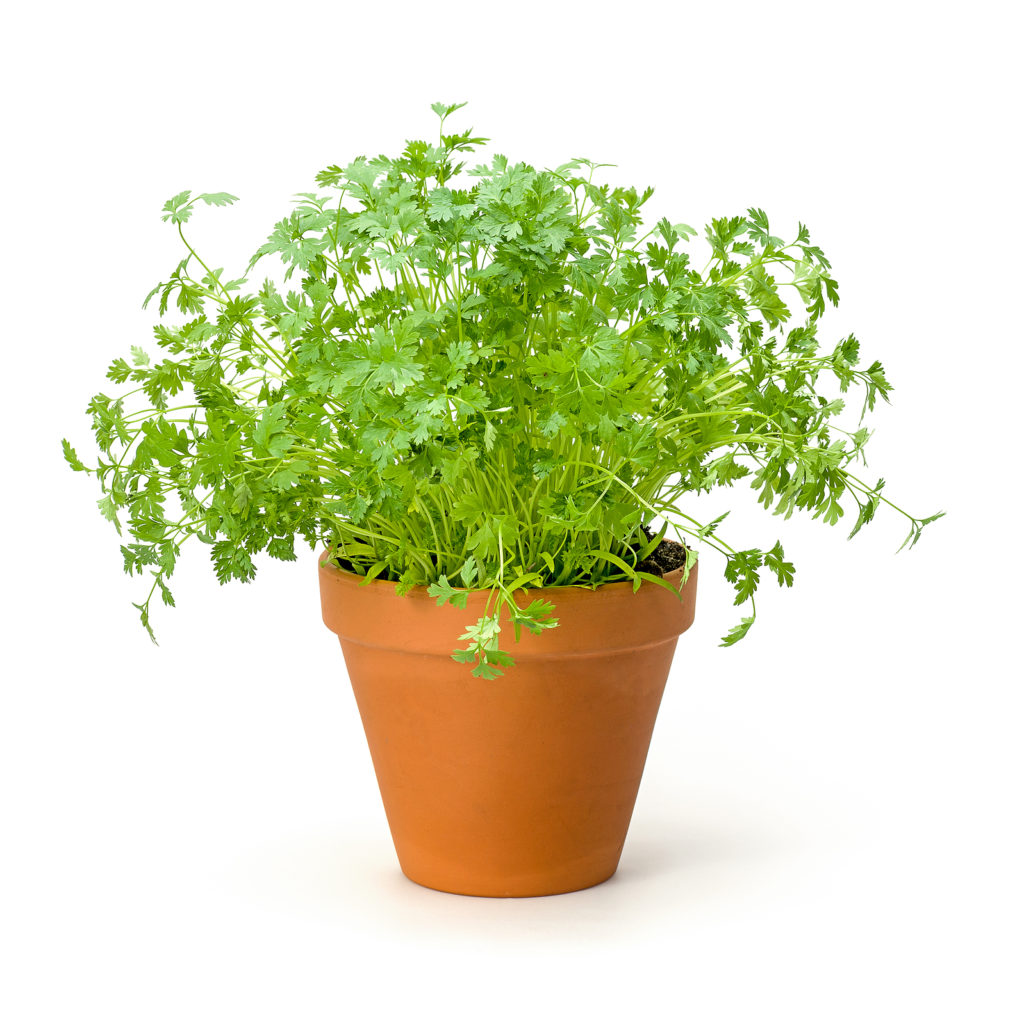
Chervil in the kitchen
- Flavor and aroma: Freshly picked chervil leaves have a warm, zesty flavor; the flavor is reminiscent of tarragon and the fragrance is anise-like.
- Leaves: Fresh chervil leaves have the most intense flavor. Use chervil leaves in soups, stews, salads, and potato dishes, sprinkled over pork, veal, fish, seafood, and egg dishes, and cooked with beans and peas. Mince fresh chervil leaves for salads. Use chervil as you would use parsley. Chervil will enhance the flavor of carrots, corn, cream, peas, and spinach. Use leaves in sauces, vinegar, and butter.
- Cooking: Add chervil leaves at the end of cooking or just before serving so that leaves don’t lose their flavor.
- Culinary complements: Chervil complements tarragon, shallots, fresh ground black pepper, marjoram, and lemon. Chervil leaves are included with parsley, thyme, and tarragon in the fines herbes of French cooking.
- Chervil enhances the flavor of other herbs.
Preserving and storing chervil
- Refrigeration: Wrap fresh chervil in damp paper towels then in plastic to keep in the refrigerator for up to 3 days.
- Drying: Dry leaves on a screen in a cool, dry place with plenty of air circulation. (Dry leaves are not as flavorful as fresh leaves.)
- Freezing: Freeze leaves by packing them tightly in a plastic bag. Chervil leaves can be used fresh or frozen. Freeze leaves in butter or ice cubes.
- Storing: Store leaves in an airtight container.
Chervil propagation
- Seed: Chervil seed readily self-sows; you may not need to sow seed again next season. Leave a few seed heads on the plant for self-sowing. For a steady supply sow seed at intervals from early spring to early summer and from late summer to early fall.
Chervil varieties to grow
- There are two forms of chervil. One has plain leaves and the other has curly leaves. These forms do not have separate names, but you may notice the difference on seed packets.
Get to know chervil
- Botanical name and family: Anthriscus cerefolium; chervil is a member of the Apiaceae—parsley and carrot family.
- Origin: the Caucasus, between the Black Sea and the Caspian Sea
- Type of plant: Chervil is a hardy cool-season annual.
- Growing Chervil grows best when nighttime temperatures are below 55°F Chervil is intolerant to heat and will bolt (flower and set seed) prematurely if exposed to high temperatures.
- Growing zones: Chervil grows best in ones Zones 3 to 7; in more southern regions grow chervil in spring, fall, and winter. Plants bolt and flower when days are long and temperatures are high.
- Hardiness: Chervil grows best in cool, moist weather; chervil goes to seed quickly in high temperatures.
- Plant form and size: Chervil grows 18 to 24 inches tall. Flower stalks rise to 2 feet from low foliage mounds.
- Flowers: Chervil has tiny white flowers that bloom in Queen Anne’s lace-like umbels atop 24-inch stems.
- Bloom time: Chervil blooms mid-spring to early summer; once flowers bloom the plant dies back.
- Leaves: Chervil has dark green, curly, and very finely divided leaves, similar to parsley and carrot leaves.
Also of interest:
- Anise
- Anise Hyssop
- Arugula
- Basil
- Bay
- Bee Balm
- Borage
- Calendula
- Caraway
- Catnip
- Chamomile
- Chervil
- Chives
- Cilantro-Coriander
- Clary
- Costmary
- Cress
- Dill
- Fennel, Sweet
- Horseradish
- Hyssop
- Lavender
- Lemon Balm
- Lemon Verbena
- Lovage
- Marjoram
- Mint
- Nasturtium
- Oregano
- Parsley
- Perilla
- Rosemary
- Sage
- Salad Burnet
- Savory
- Scented Geranium
- Shiso
- Sorrel
- Stevia
- Sweet Cicely
- Tarragon
- Thyme
Related articles:
Best Herbs for Container Growing
Planning the Home Fruit Garden
Garden Planning Books at Amazon:
- Vegetable Garden Almanac & Planner
- Kitchen Garden Grower’s Guide Vegetable Encyclopedia
- Vegetable Garden Grower’s Guide
- Tomato Grower’s Answer Book


